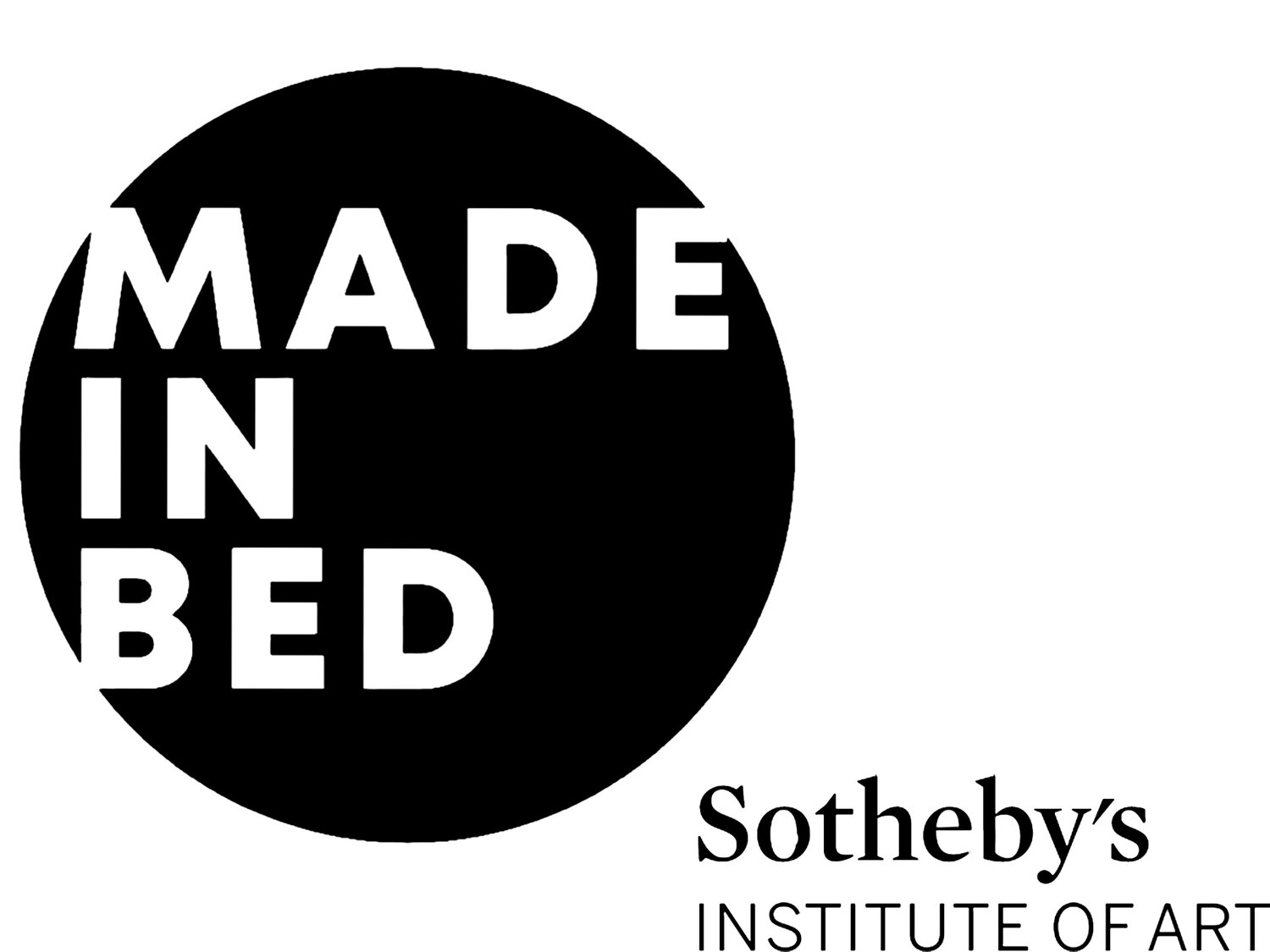Unpacking India’s Art Market Surge—The Players Behind the Push
Intricately drawn cityscapes, the persistent presence of the feminine experience, and a quiet yet unmistakable sense of resilience—these were the themes that emerged as I walked through the Serpentine Gallery in London, taking in the remarkable retrospective of Arpita Singh. I watched as visitors paused, in awe, whispering praise for her multilayered, complex works. In those moments, I felt a gentle swell of pride for not just the recognition of Singh’s achievements by an important British gallery, but of the broader narrative of Indian art asserting its place on the world stage. This affirmation echoed recent encounters of witnessing the growing representation of Indian artists at major international art fairs and the increasing frequency with which South Asian modernists were shattering auction records. Each event, while seemingly modest on its own, collectively signals a shift that India is steadily emerging as a vibrant and valued force within the global art market. What, then, lies behind this momentum and who is driving it?
Detail from Arpita Singh’s My Lollipop City; Gemini Rising, 2005. Oil on canvas, 60" x 84". From Arpita Singh: Remembering, Serpentine Gallery, London. Photo Courtesy: Kritika Salhotra.
A nation of many paradoxes, India moves slowly yet advances rapidly, is both restrained and resilient, and remains at once a supporter and rival of the arts. The Indian art market has exhibited a remarkable growth trajectory in the past decade, marking a turning point with total sales reaching $144.3 million in 2023. The sell-through rate (the percentage of lots sold at auction versus those on offer) also improved, reaching 94% in 2024. Last year, Artprice's 30th annual report indicated a rising market with Indian artists ranked higher than ever before, reflecting a major ascent for India’s standing within the global art world. Interest from blue-chip collectors and institutions across Europe, the U.S., and the Middle East has led to the demand for works by Indian artists increasing by 32%—more than any other nationality.
As more Indian artists gain representation in global auctions, biennales, and major retrospectives, the perception is shifting from a niche segment to an essential component of the global art conversation. Masters like M. F. Husain, S.H. Raza and Tyeb Mehta, have defined the value of Indian modernism in international circles. Last month, Husain’s Gram Yatra shattered auction records at Christie’s, selling for an astounding $13.7 million—the highest price ever achieved for an Indian painting at auction. For collectors and art enthusiasts, this milestone serves as an indication that Indian modernism is not just experiencing a moment of success but is cementing itself as a permanent fixture in the global art world.
Detail from Maqbool Fida Husain’s Untitled (Gram Yatra), 1954. Oil on canvas. 35½ x 166⅜ in. Photo Courtesy: Christie’s.
The Indian arts industry has witnessed an influx of wealth, driven by a new generation of high-net-worth collectors who value art for its investment and cultural potential. Their power has evolved over the past few decades with prominent overseas collectors and art funds increasingly being seen as signs of market buoyancy. Leading the charge are some of India's most notable collectors like Kiran Nadar, Nita Ambani, and Sangita Jindal who are reimagining their private collections as publicly accessible institutions. The Kiran Nadar Museum of Art (KNMA) in New Delhi has been instrumental in strengthening India’s art ecosystem. In a historic move this month, KNMA unveiled a Caravaggio painting, marking the first time a work by the Italian master has been shown publicly in India. “The arrival of Mary Magdalene in Ecstasy marks a significant moment in India’s engagement with Classical European art,” noted the founder. Initiatives like this, along with the Pop exhibition showing Lichtenstein and Warhol at the Nita Mukesh Ambani Cultural Centre (NMACC) in Mumbai, highlight a long-overdue shift of global art finally being showcased at scale in India, a country that for long has had limited access to such works.
Roobina Karode, Director & Chief Curator, KNMA at the unveiling of Caravaggio’s Mary Magdalene in Ecstasy, 1606, accompanied by Andrea Anastasio, Director, Italian Embassy Cultural Centre. Photo Courtesy: Kiran Nadar Museum of Art.
These patrons have also consistently extended support to art fairs like India Art Fair and Art Mumbai in efforts to democratise art. The India Art Fair has played a crucial role in maintaining a balanced Indian art ecosystem with diverse price points, with offerings like the Young Collectors Program. The fair’s director Jaya Asokan remarked that this year’s edition saw more international engagement than ever before: “That really speaks to the strength of the Indian artists, South Asian artists, but also what we’ve been doing globally.” She added that visitors from Los Angeles and Europe were among the most sizable international visitors at this year’s fair. LA-based Rajiv Menon Contemporary is a new gallery championing contemporary South Asian and diasporic art in the US. It made a strong debut at Untitled Art Miami, featuring works by rising Indian artists Tarini Sethi and Viraj Khanna, and reporting strong sales to noteworthy collectors. In the wake of Art Dubai, South Asian art commanded attention—with Indian artists and galleries standing out as a driving force in the region’s cultural narrative. The market has shown resilience due to these efforts that are trying to create a sustainable boom.
Rajiv Menon Contemporary at Untitled Art Miami. Photo Courtesy: Observer.
India’s art market has evolved with relatively limited state intervention, facing challenges due to inadequate support and regulation. The absence of substantial tax incentives or government-led funding initiatives has left the private sector to drive market growth. There have been sporadic state-led initiatives, such as the India Pavilion at the Venice Biennale, but these are highly inconsistent. While public institutions like the Lalit Kala Akademi and the National Gallery of Modern Art are prominent, they lack financial and infrastructural backing. Only 0.1% of the annual state budget for 2019-20 was assigned to cultural activities. According to an internal government audit, even this tiny proportion was not spent completely with only 70% of funds being distributed on-ground, and to the benefit of traditional arts. As quoted in a report by KPMG and FICCI, renowned artist Subodh Gupta asserts that the government needs to engage private players while making important decisions to be able to utilise funds optimally.
This period marks the beginning of a promising trajectory for Indian art. A wave of institutional recognition and engagement is finally catching up—evident in recent and upcoming showcases at leading venues such as the V&A, Serpentine, and Barbican. In London alone, the past year has seen incredible shows like Ranjani Shettar: Cloud Songs on the Horizon and The Imaginary Institutions of India. Looking ahead, May will see Ancient India: Living Traditions at the British Museum, one of the first major exhibitions in the world to focus on early devotional art from a multi-faith, contemporary perspective. Together, these forces point not just to a moment of visibility—but perhaps the start of a sustained global movement.
Bibliography
Artron Research Academy of Arts (ARAA) and Artprice.com. The Art Market in 2024. 2024.
https://imgpublic-artprice-com.ezproxy.sothebysinstitute.com/pdf/the-art-market-in-2024.pdf
Arun Kakar. “The Largest India Art Fair Yet Reflects Growing Enthusiasm for Indian Artists.” Artsy, February 7, 2025. https://www.artsy.net/article/artsy-editorial-largest-india-art-fair-reflects-growing-enthusiasm-indian-artists.
Hampel, Annika. "Cultural Policy in India: India's Non-Policy towards the Diversity of Arts and Culture." Arts Management Network. November 2, 2020. https://www.artsmanagement.net/Articles/Cultural-Policy-in-India-India-s-Non-Policy-towards-the-Diversity-of-Arts-and-Culture,4223.
KPMG and FICCI. Visual Arts Industry in India: Painting the Future. 2018. https://alumni.in.kpmg.com/downloads/publications/indian/visual-arts-industry.pdf.
McNulty, Tom. Art Market Research: A Guide to Methods and Sources. 2nd ed. McFarland & Company, Inc., Publishers, 2014. Google Books.
Robertson, Iain. New Art New Markets. Lund Humphries, 2018.
Kritika Salhotra
Features Co-Editor, MADE IN BED





